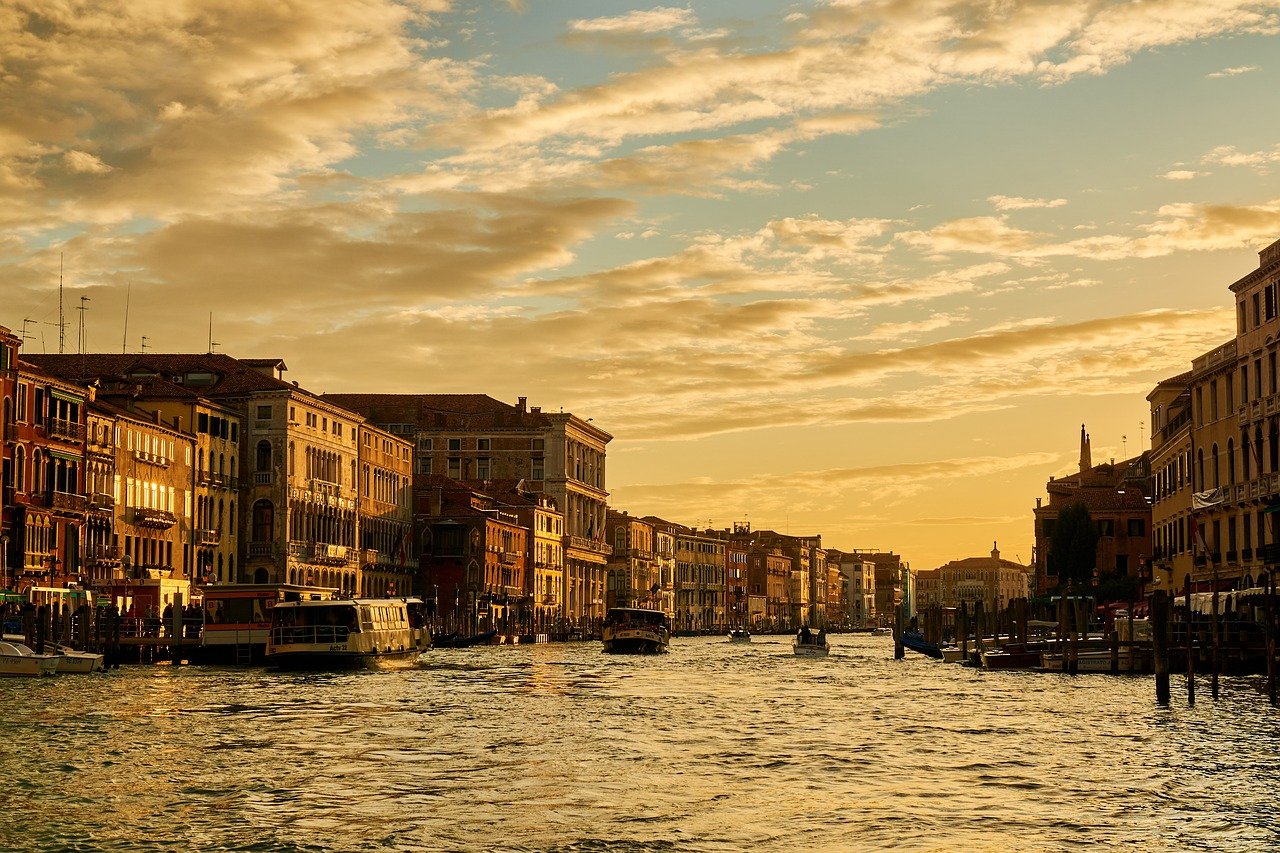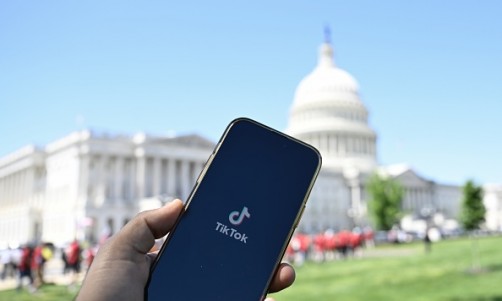When philanthropist and entrepreneur James Drake visited Stresa, Italy on holiday in 2019, he didn't know that his trip to the Museo del Paesaggio - home to approximately 350 of Prince Paul Troubetzkoy's plasters, marbles, and bronzes - would be the starting point of a successful charitable initiative: the Troubetzkoy Archive Project.
Years earlier, Drake had bought a bronze cast of Troubetzkoy's Enrico Caruso, one of history's greatest tenors. Little did he know that the discovery of the original plaster of Caruso (as Dick Johnson in the opera Fanciulla del West) was a catalyst for action. This acquisition led Drake to meet the Caruso successor Joseph Calleja, with whom Drake launched a charity - The Drake Calleja Trust - to support exceptional young musicians.
After his visit to the Museo del Paesaggio, Drake wrote to the museum curator with the idea of another charitable initiative: a database that would detail the complete works of Troubetzkoy. Drake explained that this database could grow to form the basis of a Catalogue Raisonné.
Later that year, Drake acquired a 27-box archive of resources that cover five decades, assembled by the Troubetzkoy scholar John Grioni. Drake hired an art historian, Giula Suardi, to collaborate with the IT team at his publishing company, Future Science Group, to create the database using as many plasters, bronzes, and marbles from world collections as possible. At this point, the Troubetzkoy Archive Project was born.
What Is the Troubetzkoy Archive Project?
The Troubetzkoy Archive Project is a collaboration between Future Science Group, London, and the Museo del Paesaggio, Verbania. The project aims to establish an authoritative, online, central database of the complete works of Troubetzkoy (1866-1938). This database is set to be both an invaluable resource for the study and appreciation of Troubetzkoy and a blueprint for future databases dedicated to specific artists.
Having purchased Grioni's Troubetzkoy archive, Drake then arranged for Future Science Group to establish the database in English and combine the riches of the archive with complete details of the Museo del Paesaggio's collection. The publishing group is also integrating information from other public and private collections of Troubetzkoy's works from all over the world. These collections include the Musée d'Orsay, Paris; the Tretyakov Gallery, Moscow; and several smaller public collections in Italy.
An advisory board, chaired by Alexander Kader FSA, the co-worldwide head of European sculpture and works of art at Sotheby's, London, guides the project's operations. Other acknowledged experts on Troubetzkoy make up the rest of the board, including Stefano Martinella and Federica Rabai from Verbania.
Who Was Prince Paul Troubetzkoy?
A master in the art of sculpture, Troubetzkoy is widely regarded as one of the most prevalent society portraitists of the early 20th century. He was born to the Russian Prince Pyotr Petrovich Troubetzkoy and the American singer Ada Winans in Intra, on the shores of Northern Italy's Lake Maggiore in 1866.
Childhood and Younger Years
Troubetzkoy's Russian roots and Italian childhood shaped his international flair, and his encounters with well-known figures in Europe, Russia, and America inspired his portrait statuettes. Troubetzkoy's birth also coincided with the Impressionist movement, which had a huge impact on the European art world. Plus, at the time, the Milanese art scene was thriving, and Troubetzkoy spent his first years of artistic practice here. During these transformative years, Verism and sculptural fluidity superseded the Neoclassical tradition.
Young Professional Years
In 1884, Troubetzkoy started an apprenticeship in Milan with Donato Barcaglia and Ernesto Bazzaro. He left the apprenticeship after a few months to work for himself and joined the Milanese artistic circles. His early work comprised small statuettes of animals, and he exhibited one of his works (A Horse) at the Brea Academy in 1886. He then took part in several competitions, and museums around the world acquired some of his works.
Life in Russia, Italy, and France
After the death of his parents in 1898, Troubetzkoy relocated to Russia, where he stayed until 1906 (bar some short intervals in France and Italy). His years in Russia were a turning point for his artistic works: in 1899, he met Leo Tolstoy in Yasnaya Polyana and was struck by his humanitarian spirit. This encounter led Troubetzkoy to stop eating animal products (as shown in his work Corpse Eaters, which is now in the collection at the Museo del Paesaggio) and gradually shifted his friendship circles and wider beliefs. In 1900, his work Leo Tolstoy riding 'Delire' won the Grand Prix. This success boosted his career, earning him recognition amongst the upper classes.
Troubetzkoy then became a professor of sculpture at the Academy in Moscow. Here, he encouraged his students to sculpt from nature. He became recognised in Russia as the leader of the New Moscow School of Sculpture. In 1901 he won the project bid for the Tsar Alexander III monument in St Petersburg. He also travelled to various European capitals to partake in more exhibitions and became known to the Russian Elite by creating busts of noblemen and politicians. At this point, his work shifted towards aristocratic portraits.
The Apex of Troubetzkoy's Career
Given the outbreak of the Russian-Japanese war in 1905, Troubetzkoy stayed in Milan for a short while before moving to Paris with his wife and son in 1906. Here, he worked in his new studio and became a member of the Société Nouvelle de Peintres et de Sculpteurs. He created some of his best portrait statuettes, including of his friend George Bernard Shaw, the poet and playwright, who, incidentally, stayed at the same hotel Drake stayed at on his Stresa travels a century later. Meanwhile, the Vanderbilt family introduced Troubetzkoy to its affluent American clientele.
Troubetzkoy then moved to America, exhibiting at the Hispanic and Numismatic Society in New York in 1911. When the First World War broke out in 1914, he decided to stay. American life was very different to the aristocratic circles in Paris and Russia, and the new people and traditions inspired Troubetzkoy's next phase of artistic practice. He was exposed to influential Hollywood figures and exhibited in several cities. In 1919, he won a competition to design the General Harrison Gray Otis public sculpture in Los Angeles.
Final Years
In 1921, Troubetzkoy returned to Paris, though he often visited Lake Maggiore during the summer. He opened a studio in Neuilly-sur-Seine, and, in 1923, he oversaw the Monumento ai Caduti of Pallanza - a bronze group dedicated to those who died at war. He completed his final exhibit in 1931 before moving back to Italy in 1932, where he continued exhibiting his works. Troubetzkoy gradually moved from sculpture to oil painting and enjoyed working in his house in Verbania. He passed away in 1938, and his heirs donated the plaster casts left in his studios to the Museo del Paesaggio.
About James Drake
James Drake is the founder of the scientific publishing house Future Science Group and several charitable initiatives. As Future Science Group's chairman, he oversees the group's 34 peer-reviewed journals, which publish the latest in breakthrough medical, biotechnological, and scientific research.
Drake is also the founder and chairman of The Drake Foundation, which invests in scientific research and resources that support the long-term health of athletes. To date, the not-for-profit foundation has invested more than £2 million into eight ground-breaking research projects to advance knowledge in the sports science industry.
In 2015, Drake expanded his philanthropic portfolio with The Drake Calleja Trust. The trust provides scholarships worth £2,500 to £9,000 for classical and non-classical musicians, songwriters, and producers to kickstart their musical careers. Young people can also compete for the Drake YolanDa Award through the trust.















